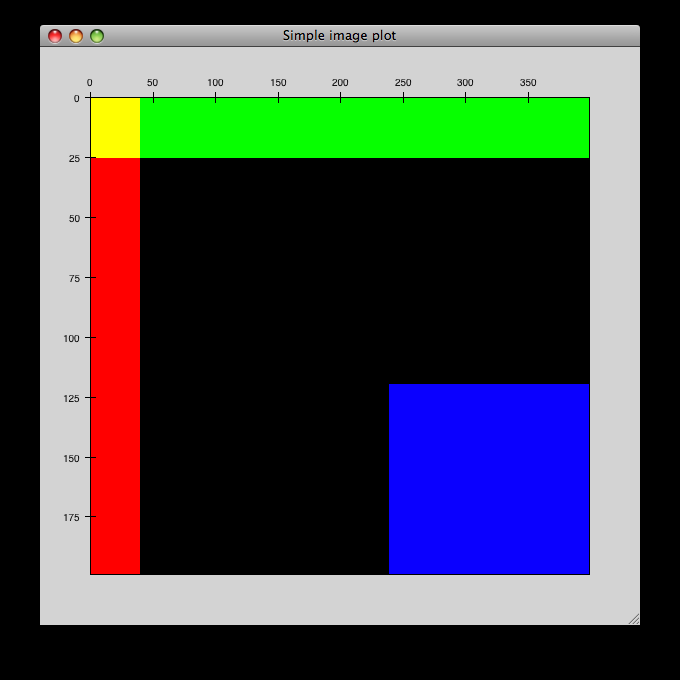
The basic syntax for lab() is : lab(title = "Hello Guru99") The reader should see the story behind the data analysis just by looking at the graph without referring additional documentation.

So far, we haven’t added information in the graphs. Note that other smoothing methods are available
Scatter plot freemat code#

One solution to make your data less sensitive to outliers is to rescale them. In rare occasion data comes in a nice bell shape. Rescale the data is a big part of the data scientist job.

Sometimes, it can be interesting to distinguish the values by a group of data (i.e. Use geom_point() for the geometric object.It makes the code more readable by breaking it. The + sign means you want R to keep reading the code.Inside the aes() argument, you add the x-axis and y-axis.You first pass the dataset mtcars to ggplot.You start by plotting a scatterplot of the mpg variable and drat variable. Let’s see how ggplot works with the mtcars dataset. Geometric object: The type of plot you want to show. The basic syntax of ggplot2 is: ggplot(data, mapping=aes()) +
Scatter plot freemat how to#
You will learn how to control those arguments in the tutorial. In ggplot2, a graph is composed of the following arguments: With ggplot2, you can’t plot 3-dimensional graphics and create interactive graphics. ggplot2 is very flexible, incorporates many themes and plot specification at a high level of abstraction. This package is built upon the consistent underlying of the book Grammar of graphics written by Wilkinson, 2005. In this tutorial, you are going to use ggplot2 package. This part of the tutorial focuses on how to make graphs/charts with R. Graphs are an incredible tool to simplify complex analysis.

One of the best methods to communicate the results is through a graph. His results should be presented in a format that all stakeholders can understand.When the explanatory analysis is achieved, the data scientist has to consider the capacity of the reader to understand the underlying concepts and models.Sometimes, it is necessary to refine and change the original hypothesis due to a new discovery. When this step is completed, he can start to explore the dataset.The data scientist needs to collect, manipulate and clean the data After that, one of the most prominent tasks is the feature engineering.This research question depends on the objectives and goals of the project. The first task of a data scientist is to define a research question.The job of the data scientist can be reviewed in the following picture At last, the data scientist may need to communicate his results graphically. The first part is about data extraction, the second part deals with cleaning and manipulating the data. Graphs are the third part of the process of data analysis.


 0 kommentar(er)
0 kommentar(er)
